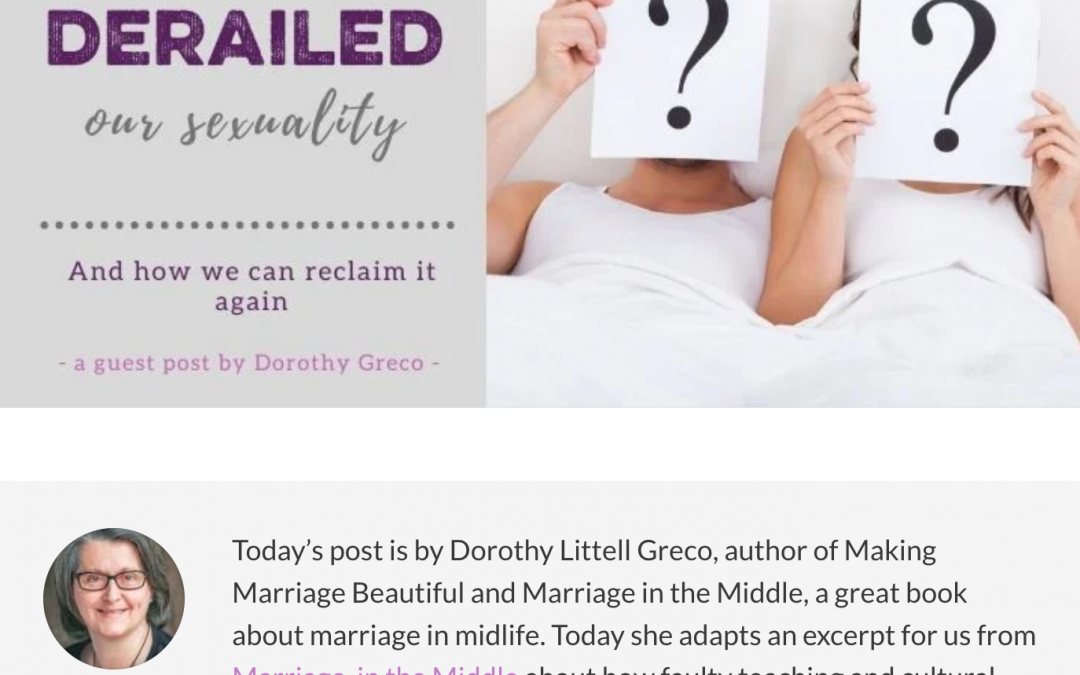Even though we live in a world where it’s unimaginable to go through a single day without being barraged by hypersexualized imagery, it’s incredibly countercultural to talk about our bodies and our sexuality in an honest, respectful fashion—even as adults.
This is not a new problem. Nor is it only a church problem. Both religious and secular culture have largely failed to offer a healthy, balanced perspective of sexuality. Many of us were most likely inculcated by one of two diametrically opposed philosophies regarding sex: the anything goes, no-rules-apply approach or the highly repressive everything-is-forbidden approach of the extreme abstinence movement. Neither of these ideologies accurately captures God’s intent.
Regardless of whether we were raised in the extreme abstinence movement, permissive secular culture, or some place in between, we all have to sift through layers of cultural conditioning and misguided teaching to determine God’s intent for our sexuality. This is true even if we’ve been married for decades.
Many Christian women often find themselves in a double bind. Not only are we seemingly responsible for keeping our husbands sexually satisfied, but we’re also apparently responsible for mankind’s sexual sobriety. Soon after the late Rev. Billy Graham began his public ministry, he, along with several of his trusted friends, decided to safeguard his ministry by implementing several rules, one of which stated that they would not meet individually with a woman unless a third party was present. Known as the “Billy Graham rule,” this has become standard practice for many male Christian leaders.
Fidelity should be a nonnegotiable component of marriage and men are wise to understand their vulnerabilities.
To read the remainder of this post, please click this link to Sheila Wray Gregoire’s site. You might also want to grab a copy of her new book, The Great Sex Rescue.
You can read more on this topic in my second book, Marriage in the Middle.

